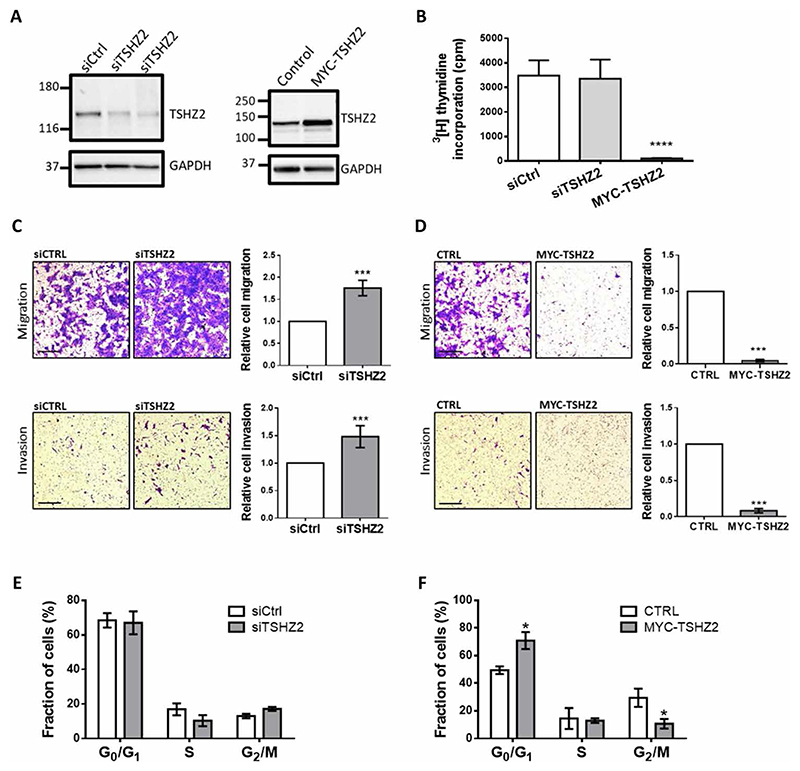Fig. 3. TSHZ2 abundance controls DNA synthesis, cell cycle progression, and motility of normal mammary cells.
(A) Cell extracts from MCF10A cells pretransfected with siTSHZ2 (or control siRNAs), or with a plasmid encoding a MYC-tagged TSHZ2, were analyzed 48 hours later using immunoblots. (B) Cells from (A) were plated, and 12 hours later, the media were replaced with media containing 3H-thymidine. Acid-precipitable radioactivity was determined 48 hours later and presented as averages + SEM (triplicates). One-way analysis of variance (ANOVA) with Dunnett’s multiple comparison test: ****P < 0.0001. (C and D) MCF10A cells pretransfected with either siRNAs or a MYC-tagged TSHZ2 plasmid were seeded in migration or invasion chambers. After 21 hours, migrating or invading cells were stained. Photos of five fields were quantified and presented as means ± SEM of four independent experiments. Scale bars, 100 μm. Unpaired t test with Welch’s correction: ***P < 0.001. (E and F) Cell cycle analysis, using flow cytometry of MCF10 cells transfected with siTSHZ2, control siRNA, or MYC-TSHZ2 plasmid (untransfected cells, Ctrl) and labeled with BrdU. Shown are means ± SEM of three experiments. Multiple t-test (two-tailed): *P < 0.05.

